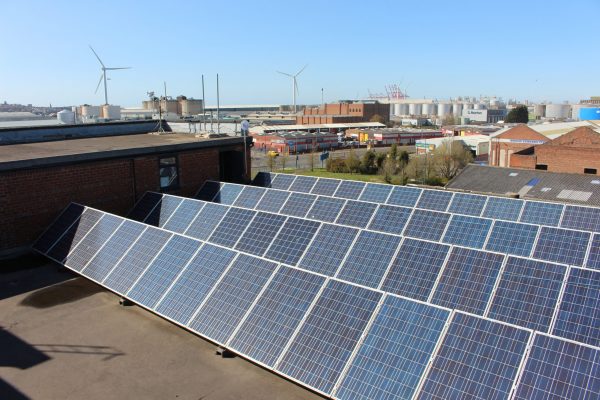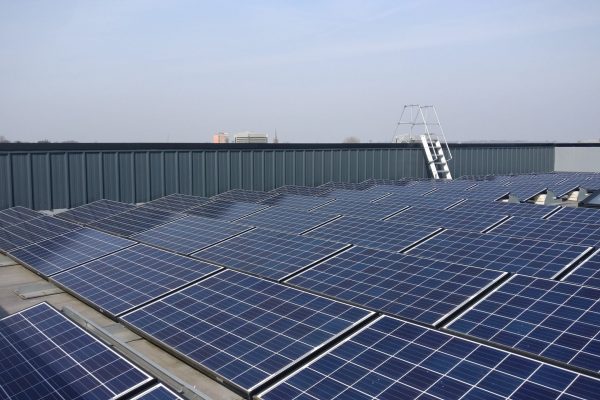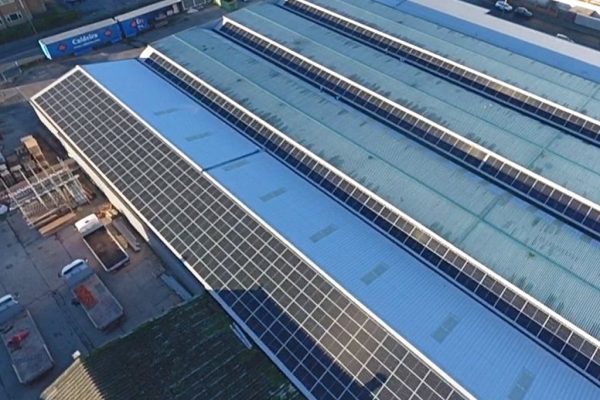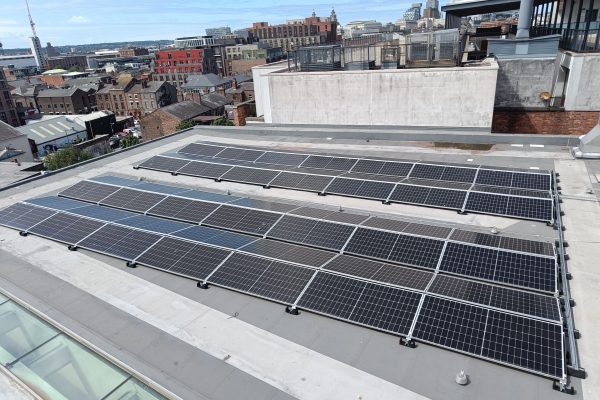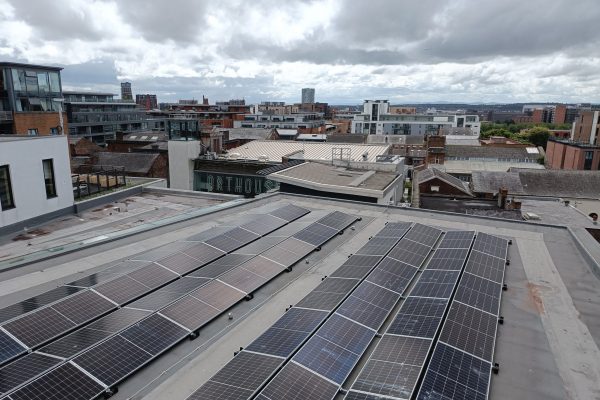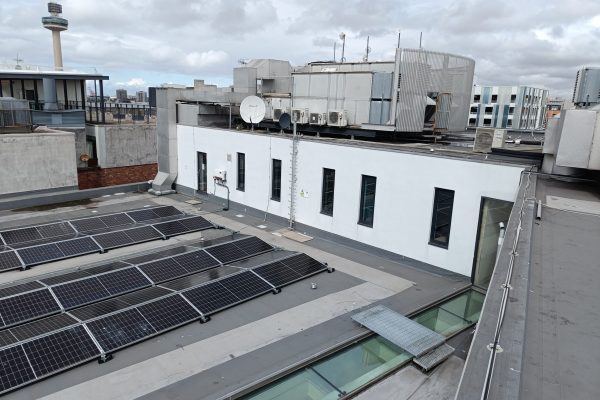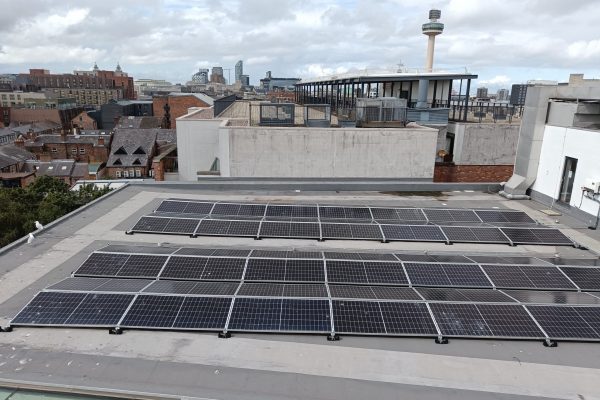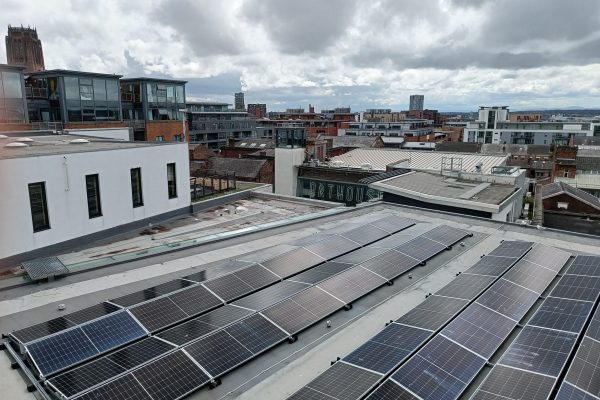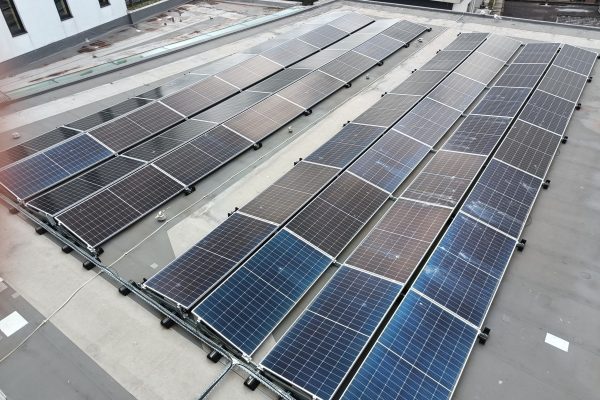There are a number of providers out there making unsubstantiated claims to deceive customers into believing that a company’s products are environmentally friendly (Greenwashing). We believe that it’s really hard for a customer to know how environmentally friendly a company can be. Here’s how we score so far.
(For full transparency, we do encourage customers to visit our facilities for further inspection (by appointment only).


